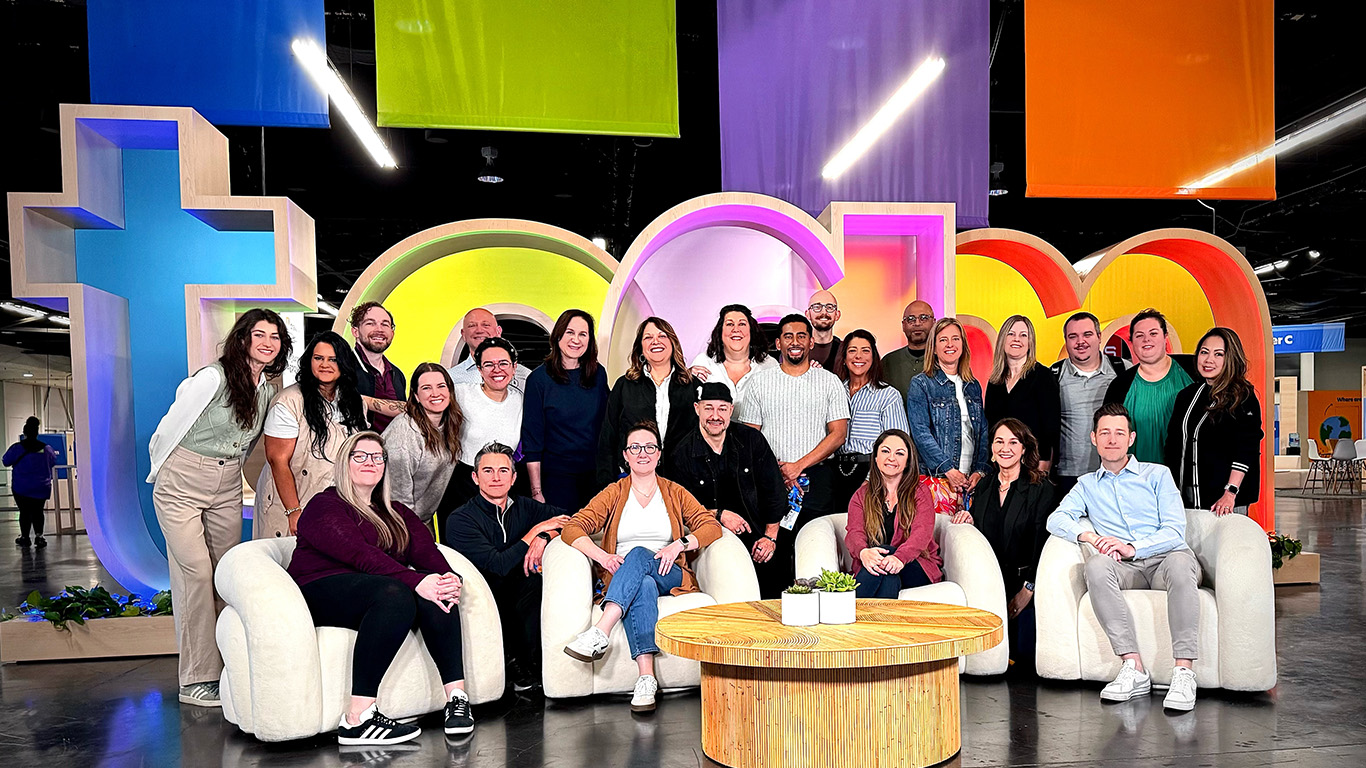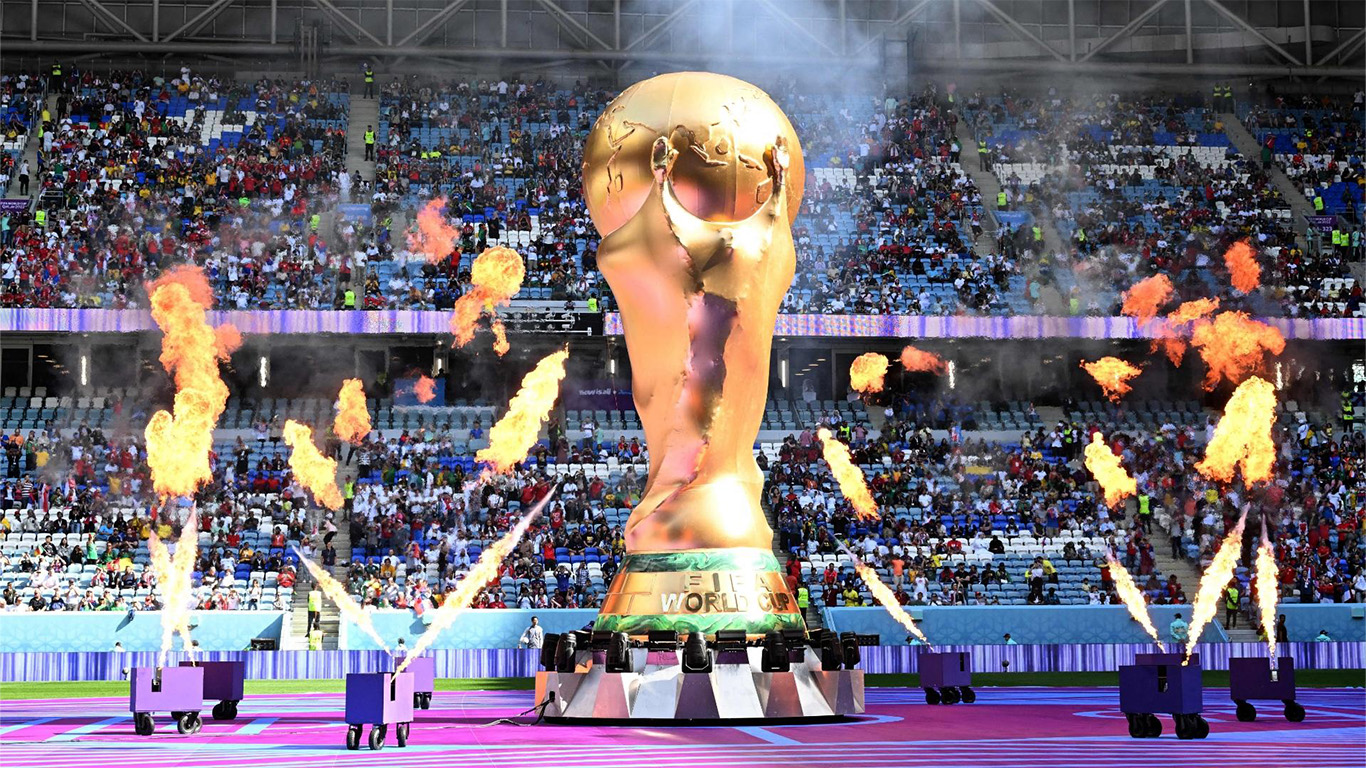Opus Tech Time: RFID versus NFC
Opus Tech Time: RFID versus NFC

In the spirit of our weekly grammar notes, the resident tech experts on our Event Technology team send out periodic updates on current trends in the tech world and their impact on the industry. This week, we look at the difference between RFID and NFC protocols, as well as a bonus look at Bluetooth Low Energy.
What is the difference between RFID and NFC?
RFID (Radio Frequency Identification) is a method of identifying items using radio waves. Typical systems consist of a tag, a reader, and an antenna. The reader sends a ping through the antenna and the tag responds by sending only its ID in return. This allows you to log when select tags are within range of the reader. “Passive RFID” uses electromagnetic energy from the ping signal to power its response with a range of up to 25 meters, while “active RFID” features tags with a dedicated power source, enabling continual broadcast of a signal with a range of up to 100 meters.
NFC (Near Field Communications) came out of RFID and is simply a set of standards for portable devices. It allows portable devices to communicate, passing data from one device to another by touching them or putting them very close together. NFC is often referred to as a “Tap and Go” solution.
Bonus Info—Bluetooth Low Energy (BLE):
This technology was designed from scratch to enable fast, efficient use of Bluetooth in the world of sensors and the Internet of Things (IoT), and has built-in support for proximity (so you can tell how close you are to a certain thing). This was designed to use very little power so devices can actually run for more than a year without needing a charge or new battery. The most widely used proximity sensors with BLE are called Beacons, or the Apple version called iBeacons. These devices are up and coming and ultimately could be very useful within an event space.
More Like This, Delivered to You
As our agency continues to explore the future of experiences, you can join us and leaders from Google, Microsoft, Salesforce, and many more of our clients to stay ahead of what’s next by subscribing to XO. Each month, you’ll receive our latest insights and perspectives, plus carefully curated links worthy of your next new tab.
Insights in
the Inbox
XO is a newsletter with a mission to be loved by marketing executives and event professionals.
Through careful curation and purposeful prose, XO serves thousands of leaders who want to stay on top of what’s new and what’s next in the world of experiences.
To join in, see past issues or subscribe below.



